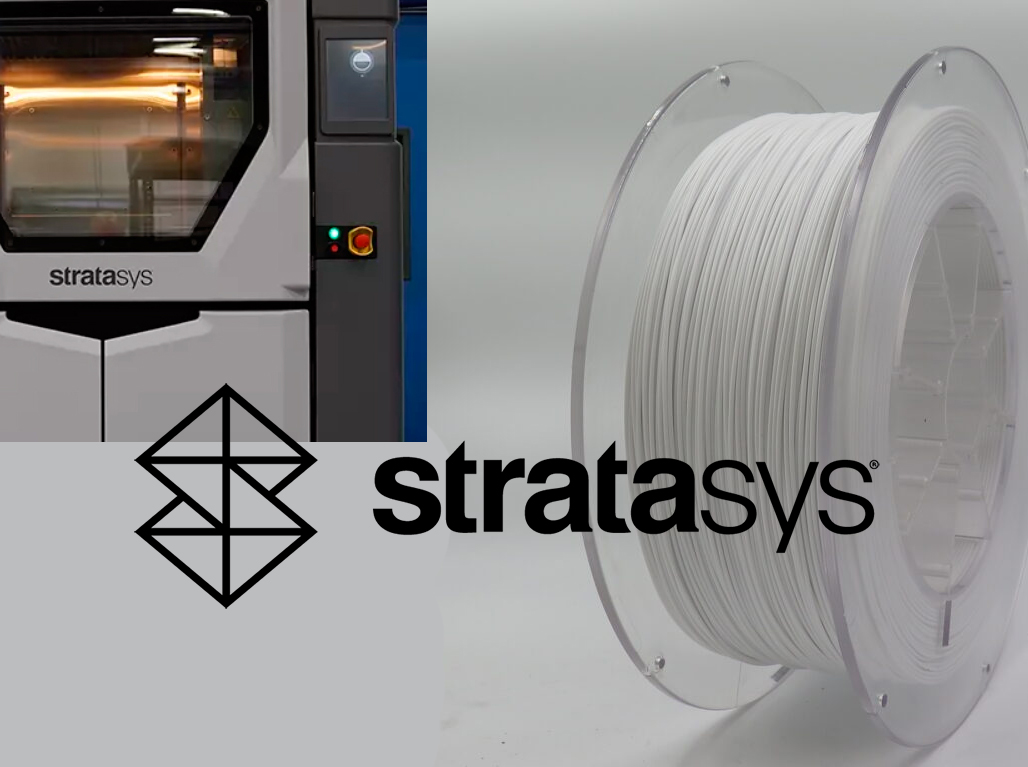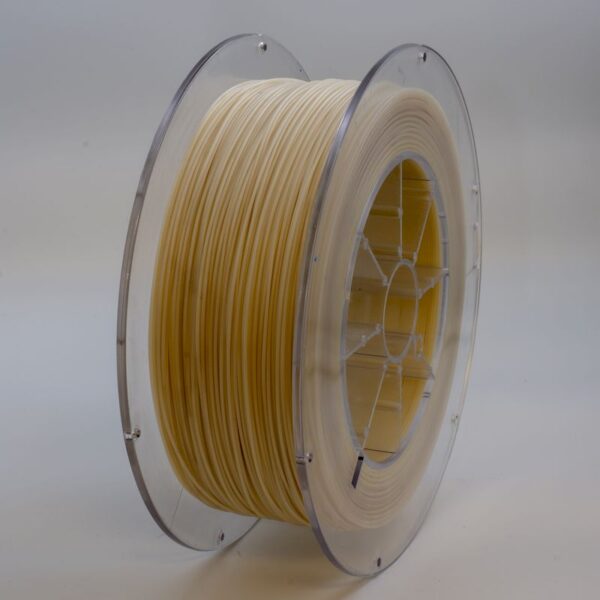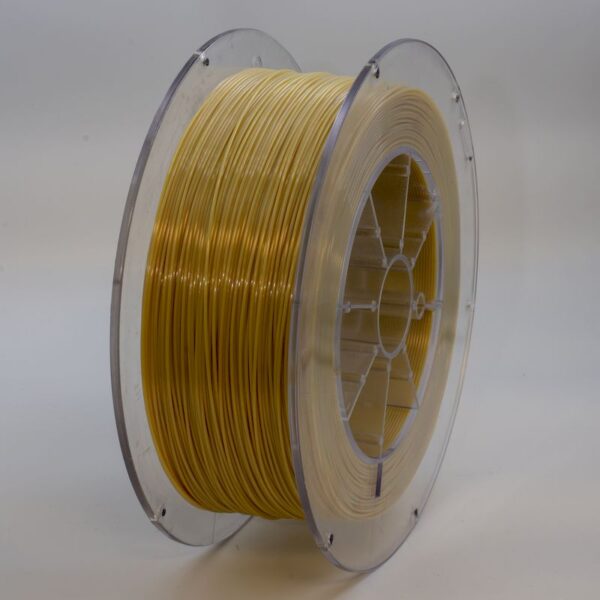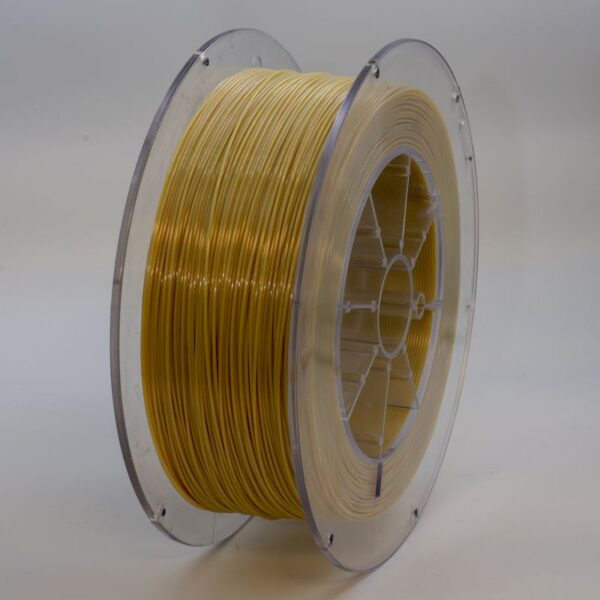FDM Materials Guide – Tips for 3D Printing with Polycarbonate PC

Overview
If you’ve ever needed a filament that balances strength, heat resistance, and transparency, Polycarbonate PC should be on your radar. Often overlooked in favor of more “famous” industrial materials like Ultem™ 9085 or Nylon 12 CF, PC actually offers a unique combination of properties that make it ideal for tough applications. It’s clear, it’s strong, and it doesn’t flinch in high temperatures. But let’s be honest—it can also be a bit of a diva when it comes to printing.
In this article, we’ll break down everything you need to know about printing with Polycarbonate PC: what hardware you need, how to tweak your print settings, some battle-tested tips, and how it compares to other FDM materials like ASA, TPU 95A, and PEKK. So whether you’re printing functional parts for automotive use or translucent prototypes that need to look great and last long, this guide is for you.
Hardware Requirements
Polycarbonate PC is not for the faint of heart—or for underpowered printers. Here’s what your setup needs to look like:
- Enclosed Build Chamber: Absolutely essential. Polycarbonate warps like a cat in a bathtub when exposed to ambient air. You need a chamber that keeps things toasty and consistent.
- High-Temperature Hotend: You’ll want to hit 280–310°C, depending on the brand. Stratasys Fortus systems like the 450mc and 900mc are built for this.
- Heated Bed: Minimum 110°C. Go lower and you’re inviting adhesion issues and curling corners.
- PEI or Garolite Bed Surface: Skip the glue sticks—go pro. These surfaces give Polycarbonate the grip it needs.
Got all that? Great. Now let’s get into the good stuff.
Best Practices
You don’t need to be a genius to print with Polycarbonate PC—but you do need to be disciplined. Here are some golden rules:
- Keep it dry: Polycarbonate absorbs moisture faster than a sponge. Always dry it at 80°C for 4–6 hours before printing.
- Slow your roll: Print speeds of 30–50 mm/s are your friend. Too fast, and you’ll get weak layers and poor adhesion.
- Turn down the fan: Cooling can cause layer cracking. Use minimal or no fan at all—just let the chamber do the work.
- Print tall with caution: Tall prints = more opportunity for warping. Keep geometries compact unless you’ve got excellent chamber heat control.
Tips
Want to go from “good print” to “perfect print”? Try these real-world tricks:
- Brim or raft is a must: These give your parts a solid foundation and help counteract curling edges.
- Post-processing? Easy: PC sands well and can even be polished to a near-clear finish. That’s rare in industrial-grade plastics.
- Consider PC Support: Complex geometries benefit from soluble supports. Pair your model with PC Support for easier post-print removal.
- Layer height matters: Use 0.2 mm or less for better interlayer bonding and strength.
Related Materials
Polycarbonate PC isn’t alone on the industrial-grade FDM stage. Depending on your needs, you might also look into:
- PC-ABS: A blend for better impact strength and slightly easier printing.
- ABS / ABS-ESD: Reliable and easy to use, but with lower heat resistance.
- ASA: Great for outdoor use with solid UV resistance.
- TPU 95A: Flexible and tough—but totally different in character from PC.
- Ultem™ 1010 & Ultem™ 9085: More demanding to print, but unbeatable for aerospace and rail applications.
- PEKK: The elite-tier performer, but needs a specialized setup and wallet.
Conclusion
Polycarbonate PC is one of the most versatile industrial filaments available for 3D printing. It bridges the gap between visual appeal and mechanical toughness like few others. If you need a clear, strong, and heat-resistant part—PC delivers. It’s not the easiest material to print, but with the right setup and a bit of know-how, it becomes a reliable workhorse.
Whether you’re making headlight housings, load-bearing brackets, or electrical enclosures, Polycarbonate PC stands tall. And with its compatibility with Stratasys Fortus systems and PC Support, it fits right into professional additive manufacturing workflows.
If precision, performance, and a polished finish matter to your project, don’t sleep on Polycarbonate PC.
Looking for high-quality Polycarbonate PC filament for your Fortus system? At Additive 3D Link, we stock Stratasys-compatible FDM materials for every application—from PC-ABS to Ultem™ 9085. Fast shipping across Europe, expert support, and industrial results.
Explore our full range now at: Additive 3D Link.




